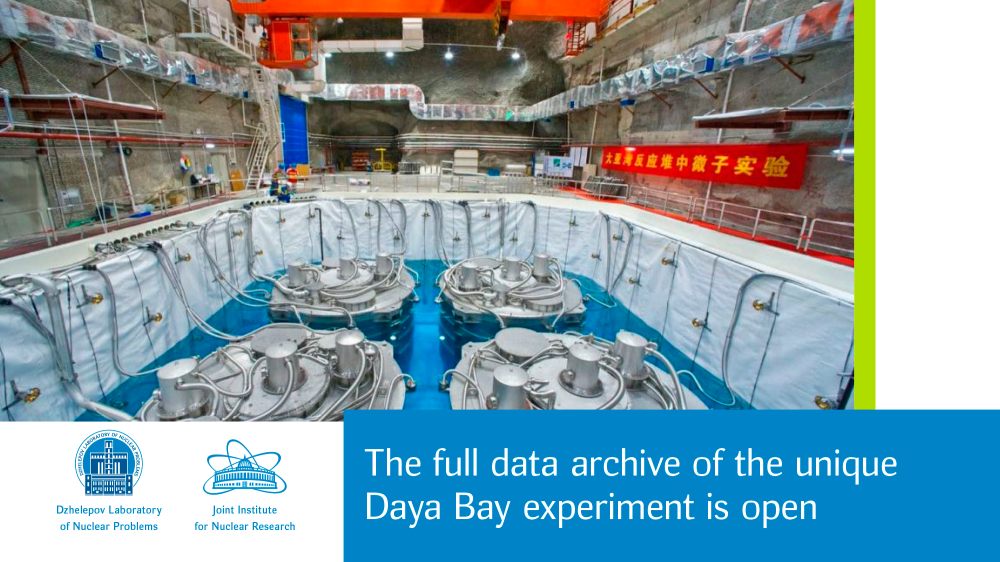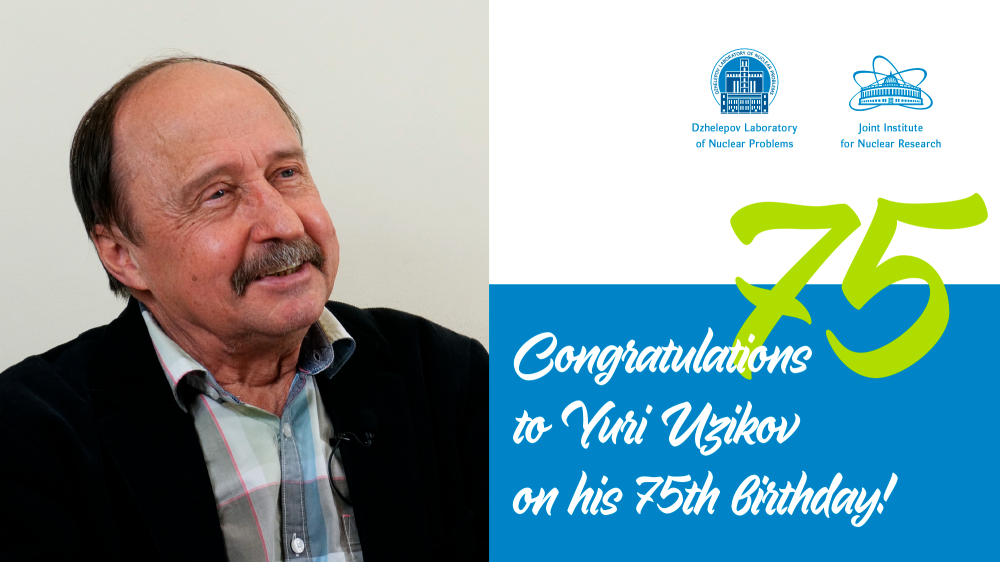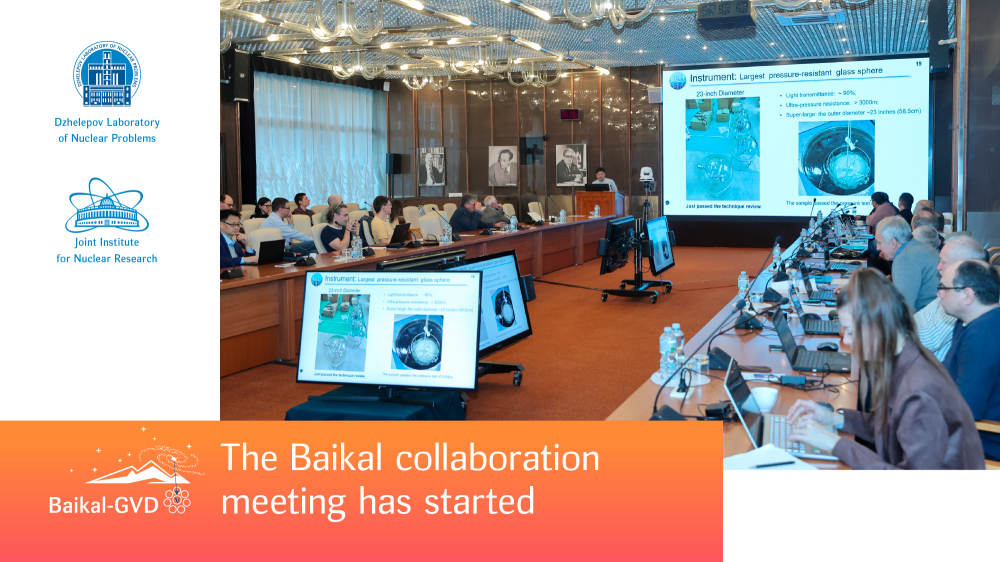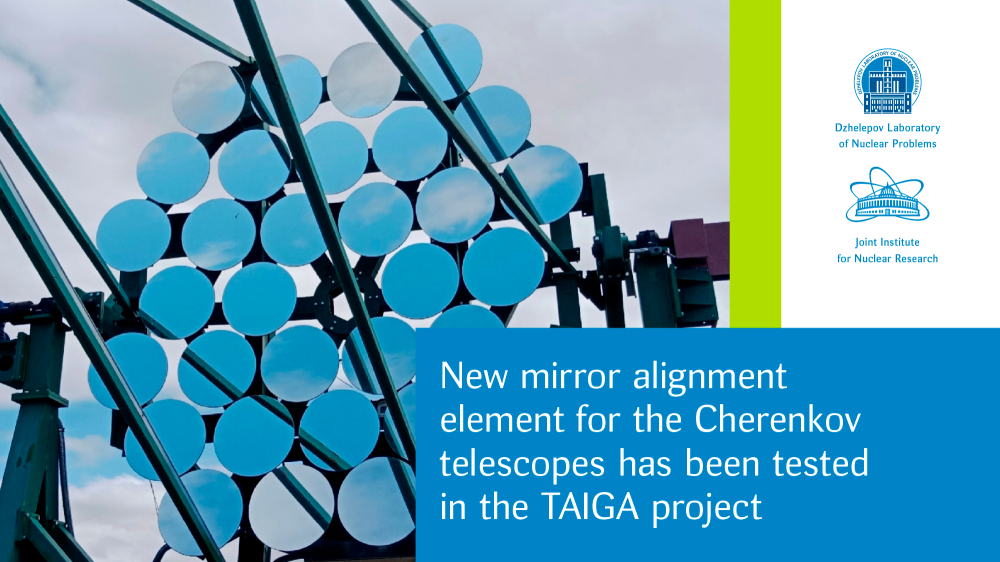Commissioning of LINAC-200, the first stage of the electron linear accelerator LINAC-800, started

This February, specialists from the Laboratory of Nuclear Problems started commissioning work at the laboratory's new basic facility – the electron linear accelerator LINAC-200. This stage includes a test run of the first phase of the facility, the electron accelerator, up to the energy of 200 MeV. On 12 February 2025, a successful 24-MeV electron beam test launch was carried out. Later on, a phase-by-phase commissioning of the accelerator structures with the energies of up to 400 and 800 MeV is planned. The start of commissioning work at the accelerator was preceded by extensive and multifaceted work of the DLNP staff members. Building No. 118 was completely renovated, ventilation, electricity and water supply systems were put into operation, and a modern system of radiation monitoring, interlocks and alarms was developed and installed. The accelerator transferred to JINR from NIKHEF (the Netherlands) was significantly upgraded, and some of its key subsystems were created on a new element base. As a result of the work conducted, four experimental ejection channels for the beams with the energies of 24, 60, 133, and 207 MeV were designed, and each channel was equipped with an individual beam absorber.
The work has already started on the formation of a user programme of research at the accelerator, focused primarily on requests from JINR laboratories and research teams from the Member States. Ejected beams of LINAC-200 are planned to be used for testing prototypes of electromagnetic calorimeters and coordinate detectors for the MPD and SPD experiments at the NICA collider, for applied research in the field of radiation material science, radiobiology and radiochemistry, for conducting nuclear physics experiments, for carrying out internships for students and specialists from the Member States under the supervision of the JINR University Centre. Vietnamese colleagues are going to implement the scientific programme on studying photonuclear reactions at the beam ejection channels with the energies of 133 and 207 MeV.
This year, we would like to wish the staff members of the DLNP linear accelerator a successful commissioning and launching of the new basic facility of the laboratory. We hope that the LINAC-800 research programme will considerably expand the range of scientific and methodological studies carried out at JINR, thanks to which the facility will become a centre of attraction for researchers from the JINR Member States.






